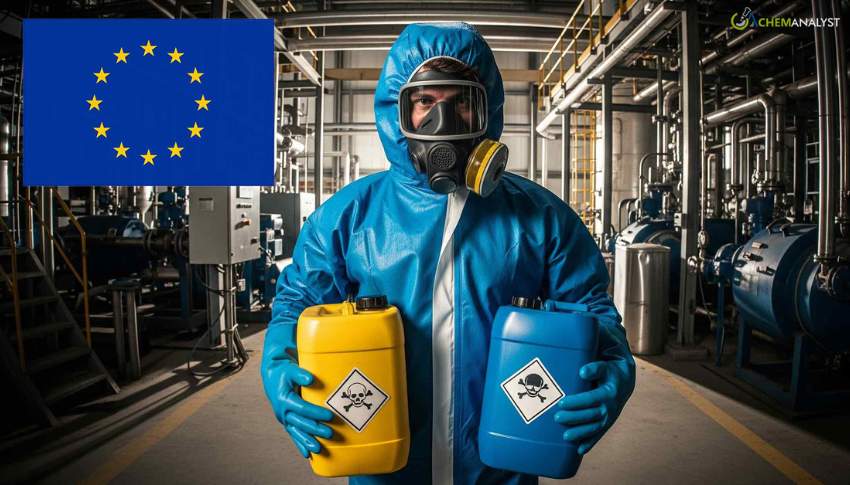Welcome To ChemAnalyst

This sixth revision of the Carcinogens, Mutagens and Reprotoxic substances Directive (CMRD) introduces stricter exposure limits for several harmful substances and includes welding fumes under its scope.
The European Commission has unveiled a landmark proposal to bolster the protection of workers across the European Union, introducing more stringent safeguards against exposure to hazardous substances. This ambitious initiative, part of the sixth revision of the Carcinogens, Mutagens and Reprotoxic substances Directive (CMRD), is projected to avert approximately 1,700 cases of lung cancer and 19,000 other severe illnesses over the next four decades, marking a significant step towards a healthier European workforce.
A core component of the proposal is the establishment of new, more protective exposure limits for several critical substances. For cobalt and inorganic cobalt compounds, widely utilized in battery production—especially for electric vehicles—and in the manufacturing of magnets and hard metals, the proposed limit is 0.01 mg/m³ for inhalable particles and a stricter 0.0025 mg/m³ for finer, respirable particles that can penetrate deeper into the lungs. Recognizing the need for industry adaptation, transitional limits of 0.02 mg/m³ and 0.0042 mg/m³ will be in effect for six years.
Polycyclic aromatic hydrocarbons (PAHs), commonly found in heavy industries such as steel, iron, and aluminium production, and notably present in welding fumes, will see a new limit value of 0.00007 mg/m³. A temporary, higher limit will also apply for six years to facilitate sectoral adjustments. Furthermore, 1,4-dioxane, a prevalent solvent in chemical and textile manufacturing and household detergents, is assigned a general limit of 7.3 mg/m³ and a short-term exposure limit of 73 mg/m³, complemented by a suggested biological limit.
A crucial addition to the CMRD's scope is welding fumes. These fumes often contain highly carcinogenic substances like chromium, nickel, and cadmium compounds. By explicitly including welding fumes, the Commission aims to provide clearer legal guidelines and mandate specific protective measures, thereby enhancing the safety and fostering a healthier environment for welders. Alongside these exposure limits, the Commission proposes "notations" to alert employers and workers to potential exposure through skin absorption or other routes, prompting the implementation of additional protective measures where necessary.
Beyond the profound human benefits, these new measures are also anticipated to yield substantial economic advantages, potentially saving up to €1.16 billion in healthcare costs. This dual impact underscores the Commission's commitment to both public health and economic efficiency. The revised CMRD reflects the latest scientific understanding and incorporates valuable insights from the Advisory Committee on Safety and Health at Work, a tripartite body comprising representatives from workers, employers, and governments, ensuring a well-rounded and practical approach.
The Commission's proposal now moves to the European Parliament and the Council for discussion and adoption. Following its eventual approval, Member States will be granted a two-year period to transpose the Directive into their respective national laws.
We use cookies to deliver the best possible experience on our website. To learn more, visit our Privacy Policy. By continuing to use this site or by closing this box, you consent to our use of cookies. More info.
